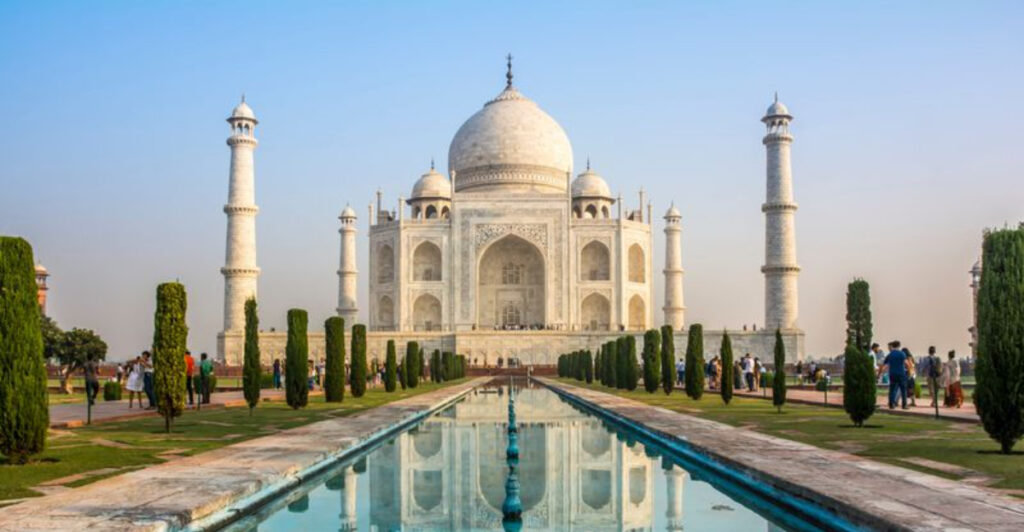History comes alive when you stand where ancient civilizations once thrived and monumental events shaped our world. These remarkable places offer more than just photo opportunities – they connect us to the stories of human achievement, struggle, and creativity across thousands of years. From towering pyramids to mysterious stone circles, each destination holds secrets waiting to be discovered. Pack your curiosity and prepare for a journey through time at these incredible historic sites.
1. Machu Picchu, Peru
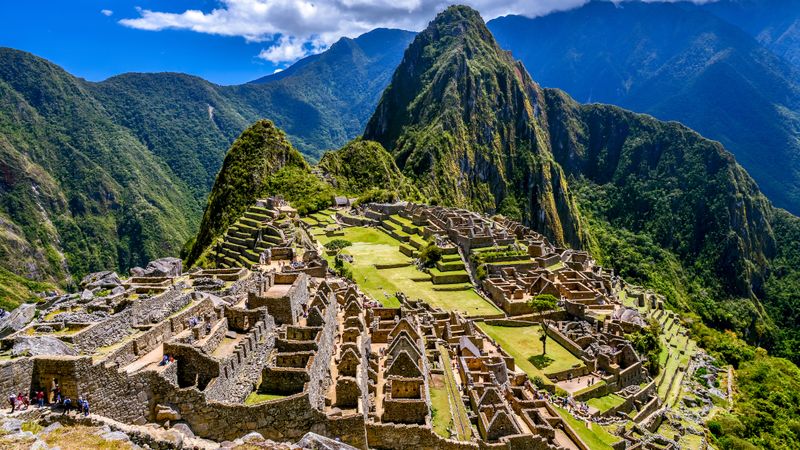
Floating among the clouds at 8,000 feet above sea level, this “Lost City of the Incas” remained hidden from the world for over 400 years. Spanish conquistadors never found this sacred refuge, leaving it perfectly preserved until American explorer Hiram Bingham stumbled upon it in 1911.
Morning mist often shrouds the terraced ruins, creating an almost mystical atmosphere as you explore temples, palaces, and agricultural terraces. The precision of Incan stonework amazes visitors – massive granite blocks fit together so perfectly that not even a knife blade can slip between them.
Book your visit months ahead, as daily visitor numbers are strictly limited to protect this UNESCO World Heritage site.
2. Great Wall of China, China
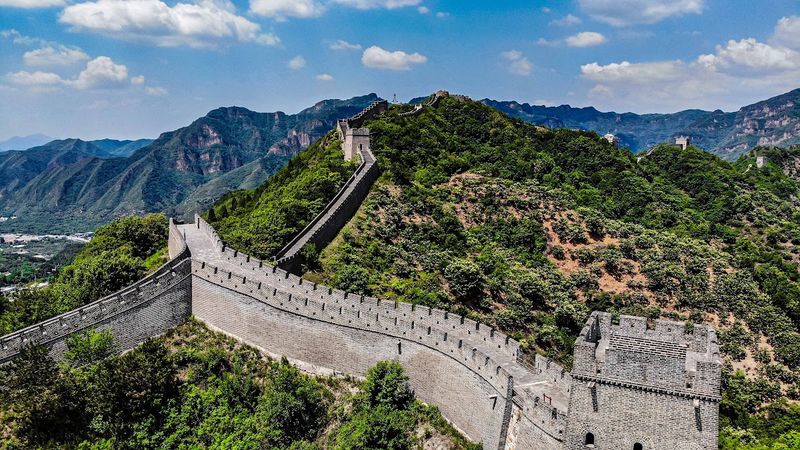
Snaking across mountains, deserts, and grasslands for over 13,000 miles, this architectural marvel took more than 2,000 years to complete. Contrary to popular belief, you cannot actually see it from space with the naked eye, but standing on its ancient stones feels just as otherworldly.
Each section tells a different story – from the restored tourist-friendly areas near Beijing to crumbling wild sections where vegetation reclaims the structure. Millions of workers, including soldiers, peasants, and prisoners, contributed to its construction over various dynasties.
Visit Mutianyu or Jinshanling sections for fewer crowds and spectacular mountain views that showcase the wall’s incredible engineering across impossible terrain.
3. The Pyramids of Giza, Egypt
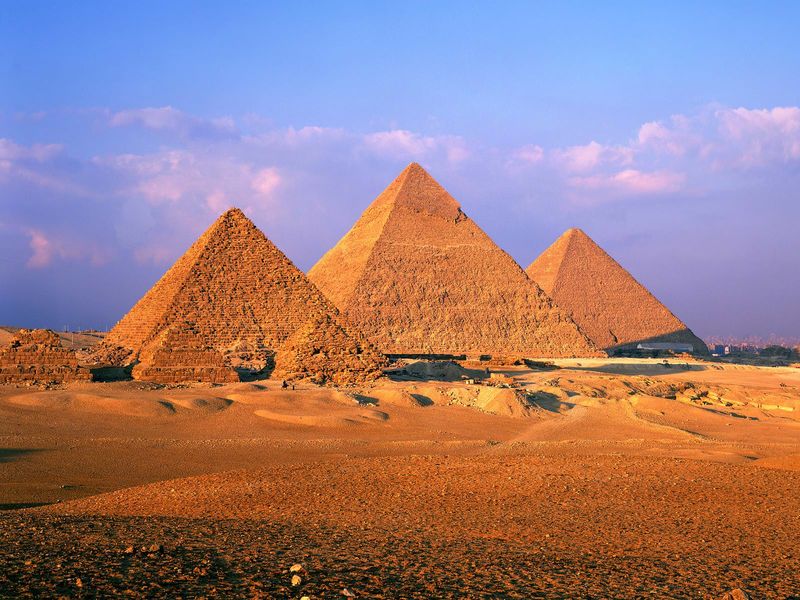
Rising from the desert sands just outside Cairo, these colossal tombs have puzzled archaeologists and inspired countless theories about their construction. The Great Pyramid originally stood 481 feet tall and contained approximately 2.3 million stone blocks, each weighing between 2.5 and 15 tons.
Ancient Egyptians built these monuments as eternal resting places for pharaohs, believing they would guide the deceased safely into the afterlife. The precision of their alignment with cardinal directions and certain stars demonstrates sophisticated astronomical knowledge.
Explore the interior chambers if you’re not claustrophobic, but prepare for narrow, steep passages and intense heat that makes the experience unforgettable.
4. The Colosseum, Italy
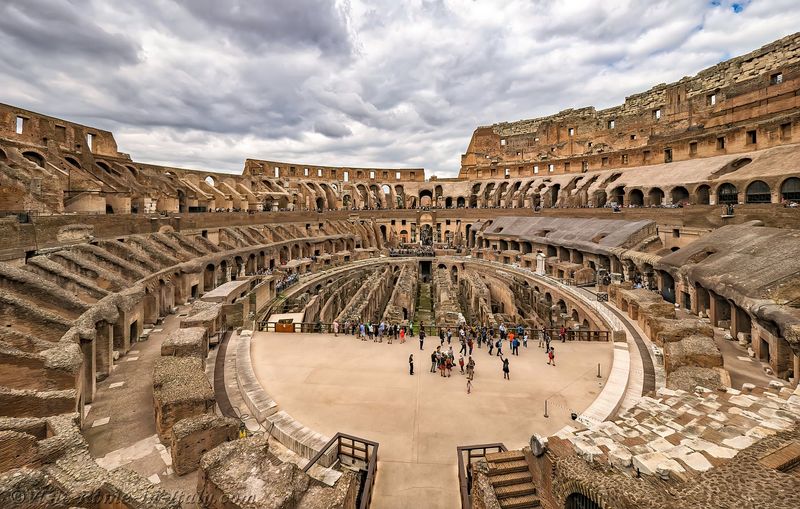
Echoes of roaring crowds still seem to reverberate through this massive arena where gladiators once fought for their lives before 50,000 spectators. Completed in 80 AD, this engineering masterpiece featured a complex system of elevators, trapdoors, and underground tunnels that allowed for spectacular entertainment.
Romans could flood the arena for naval battle reenactments or fill it with exotic animals from across their empire. The sophisticated crowd control system included 80 entrances that could empty the entire structure in just 15 minutes.
Book a underground tour to explore the hypogeum, where gladiators and wild animals waited nervously before their dramatic entrances into the arena above.
5. Angkor Wat, Cambodia
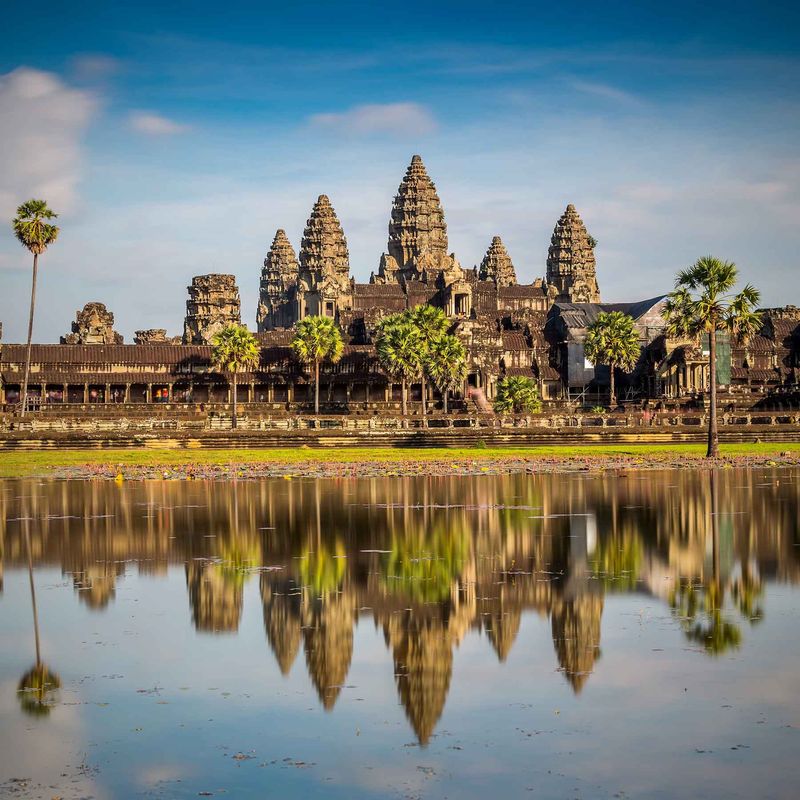
Sunrise over Angkor Wat creates one of travel’s most magical moments as golden light illuminates the temple’s distinctive towers reflected in surrounding moats. This 12th-century masterpiece originally served as a Hindu temple dedicated to Vishnu before gradually transforming into a Buddhist site.
Covering over 400 acres, the complex represents the mythical Mount Meru, home of the gods in Hindu cosmology. Intricate bas-reliefs covering the walls depict epic battles, celestial dancers, and scenes from Hindu mythology with incredible artistic detail.
Arrive before dawn to avoid crowds and witness the spectacular sunrise, then spend hours exploring hidden chambers, climbing steep stone steps, and marveling at architectural precision that rivals any modern construction.
6. Petra, Jordan
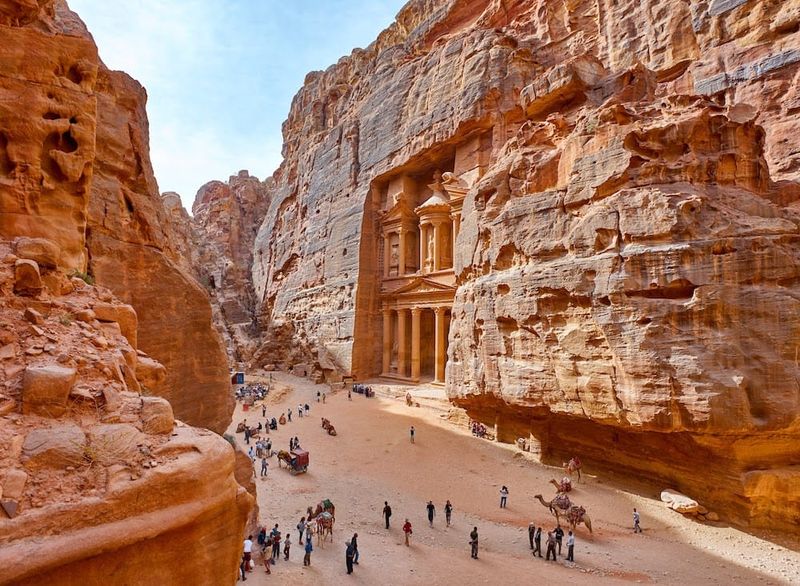
Walking through the narrow Siq canyon, anticipation builds with each step until suddenly the Treasury’s magnificent facade emerges from rose-colored rock. This ancient Nabataean city flourished as a crucial trading hub where merchants transported spices, silk, and precious goods between Arabia, Egypt, and the Mediterranean.
Master craftsmen carved elaborate tombs, temples, and dwellings directly into cliff faces over 2,000 years ago. The Treasury, Petra’s most famous structure, likely served as a tomb for Nabataean royalty rather than storing treasure as its name suggests.
Wear comfortable hiking boots and bring plenty of water – exploring Petra requires walking several miles over uneven terrain, but every step reveals new architectural marvels hidden among the rocks.
7. Stonehenge, England
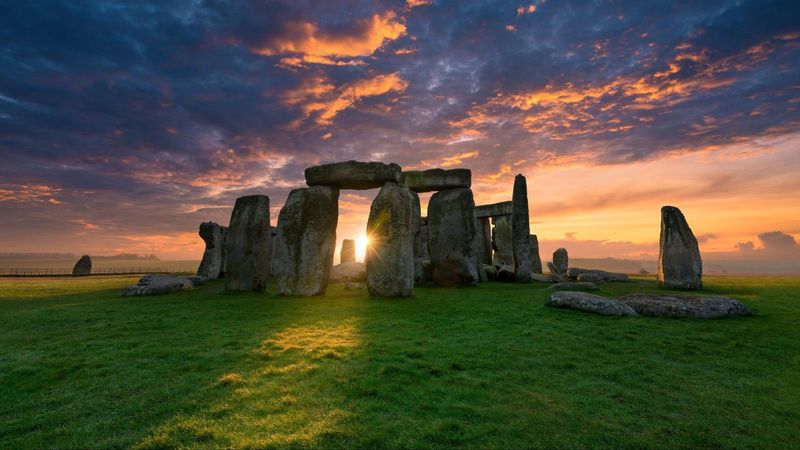
Standing silently on Salisbury Plain for nearly 5,000 years, these massive sarsen stones continue baffling archaeologists who debate their original purpose. Some theories suggest it functioned as an astronomical calendar, burial ground, or healing temple for ancient Britons.
The monument’s builders somehow transported 25-ton stones from Wales, over 150 miles away, using only primitive tools and human power. Recent discoveries of additional stone circles and burial sites nearby suggest Stonehenge anchored a much larger sacred landscape.
Audio guides provide fascinating theories about construction methods and possible meanings, while the visitor center displays artifacts found during excavations. Visit during summer or winter solstice when crowds gather to witness the sun’s alignment with the ancient stones.
8. Acropolis of Athens, Greece
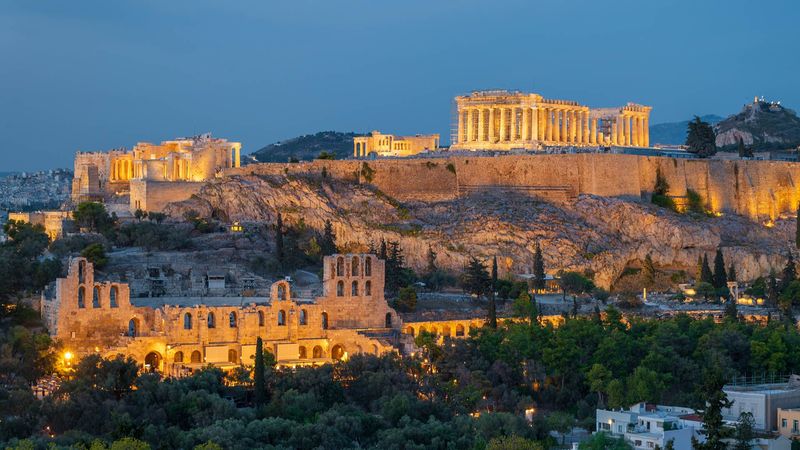
Crowning Athens from its rocky perch 500 feet above the city, this sacred citadel represents the birthplace of democracy and Western philosophy. The Parthenon, dedicated to goddess Athena, showcases perfect mathematical proportions that architects still study today.
Built during Athens’ Golden Age in the 5th century BC, these marble temples witnessed speeches by Pericles, philosophical discussions by Socrates, and theatrical performances that established dramatic traditions still followed worldwide. Despite centuries of war, earthquakes, and pollution, the structures retain their majestic beauty.
Visit early morning or late afternoon to avoid harsh midday sun and crowds. The new Acropolis Museum nearby houses original sculptures and provides excellent historical context for understanding this cradle of Western civilization.
9. Chichen Itza, Mexico
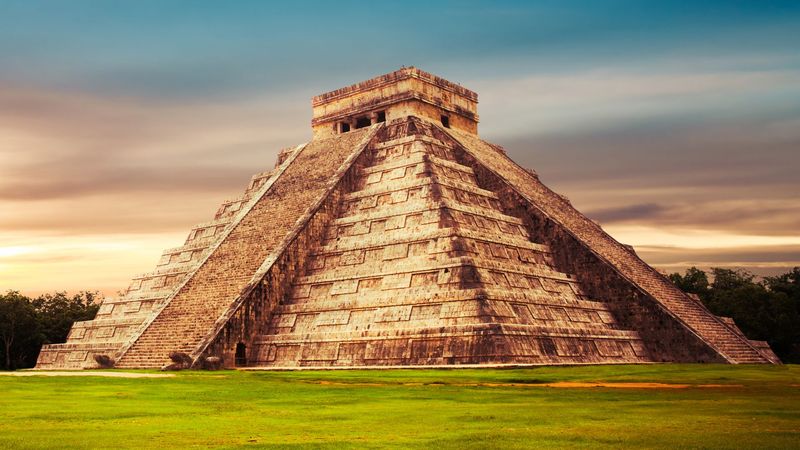
During spring and autumn equinoxes, shadows create the illusion of a serpent slithering down El Castillo’s steps – a testament to Mayan astronomical sophistication. This “feathered serpent” effect demonstrates how ancient architects incorporated celestial events into their sacred buildings.
Beyond the famous pyramid, explore the Great Ball Court where Mayans played a ritualistic game that sometimes ended in human sacrifice. The acoustics are so perfect that a whisper at one end carries clearly to the opposite side 500 feet away.
Arrive early to beat tour bus crowds and intense heat. The site’s cenote (natural sinkhole) was considered a portal to the underworld where Mayans made offerings to rain god Chaac, including precious jade, gold, and occasionally human sacrifices.
10. Taj Mahal, India
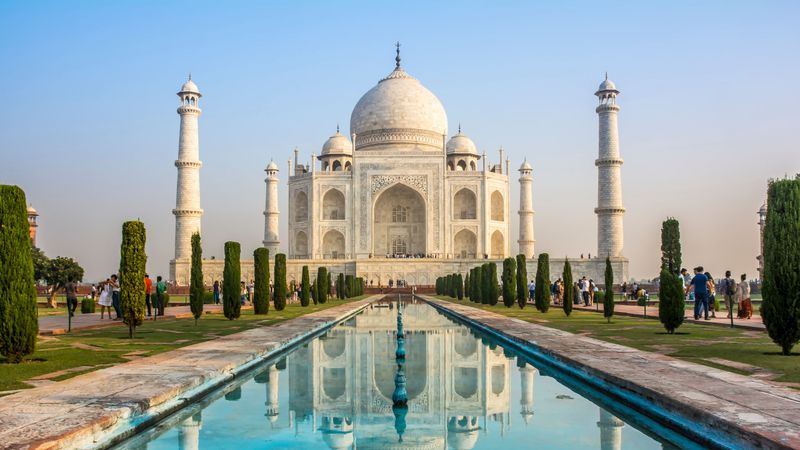
Emperor Shah Jahan’s grief over his beloved wife’s death inspired this ivory-white marble masterpiece that changes color throughout the day – pink at dawn, golden at sunset, and ethereal blue under moonlight. Twenty-two years and 20,000 craftsmen created this symbol of eternal love.
Intricate inlay work features precious stones forming floral patterns and Quranic verses across the marble surfaces. The central dome rises 240 feet high, while four minarets lean slightly outward to protect the main structure during earthquakes.
Photography restrictions apply inside the mausoleum, but the exterior offers countless perfect angles. Visit during full moon nights when special viewing sessions allow you to experience the Taj’s otherworldly beauty illuminated by natural moonlight.
11. Easter Island, Chile
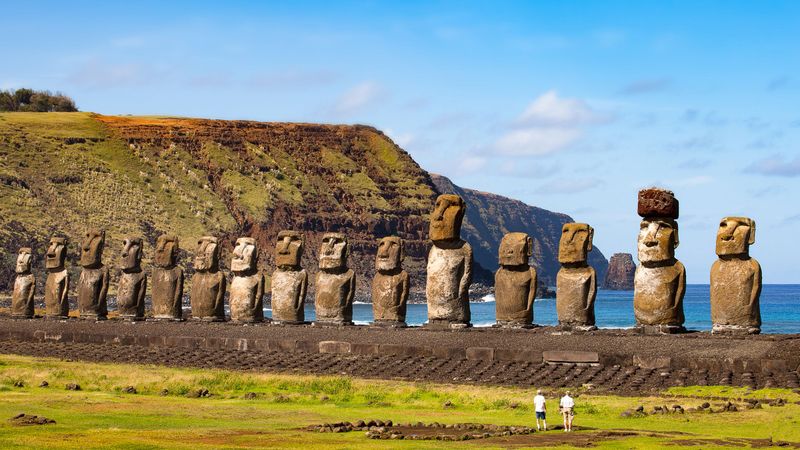
Nearly 1,000 massive stone heads gaze mysteriously across this isolated Pacific island, located 2,300 miles from the nearest populated land. Polynesian settlers carved these moai between 1250 and 1500 AD to honor deceased ancestors and chiefs.
Recent excavations revealed that many statues have full bodies buried underground, some extending 30 feet deep. The largest completed moai stands 33 feet tall and weighs 82 tons, while an unfinished statue in the quarry would have reached 65 feet.
Scientists continue debating how islanders transported these massive sculptures across the island using only ropes and human power. Local Rapa Nui people maintain that the statues “walked” to their destinations, a theory that recent experiments suggest might be literally true.
12. Versailles, France
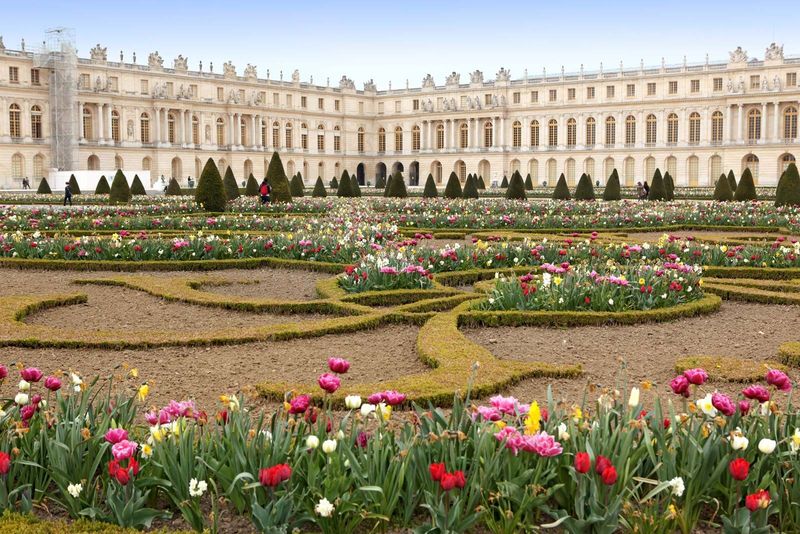
Opulence reaches its absolute peak in this palace where French royalty lived in unimaginable luxury while common people starved outside the golden gates. The Hall of Mirrors, with its 357 mirrors reflecting light from massive windows, hosted the Treaty of Versailles ending World War I.
Louis XIV transformed his father’s hunting lodge into Europe’s most magnificent palace, featuring 2,300 rooms, 67 staircases, and gardens covering 2,000 acres. The palace required 36,000 workers and nearly bankrupted France during its construction.
Allow a full day to explore the palace apartments, gardens, and Marie Antoinette’s estate. Musical fountain shows during summer months recreate the grandeur of royal celebrations, while winter visits offer intimate glimpses into royal life without overwhelming crowds.
13. Alhambra, Spain
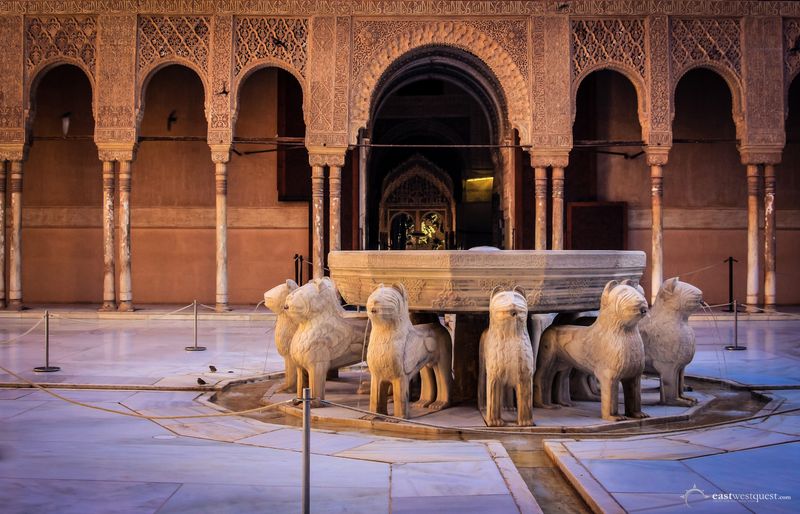
Water whispers through marble channels and fountains throughout this 13th-century palace complex where Islamic artistry reached extraordinary heights. Intricate geometric patterns, delicate stucco work, and Arabic calligraphy transform walls into works of art that seem to breathe with life.
Christian Reconquest forces conquered this last Muslim stronghold in Spain in 1492, the same year Columbus reached the Americas. Fortunately, they preserved rather than destroyed this architectural masterpiece, recognizing its unparalleled beauty.
Advance reservations are absolutely essential – daily visitor numbers are strictly limited to protect the delicate decorations. The Court of Lions, with its famous fountain supported by marble lions, represents the pinnacle of Islamic art in Europe and shouldn’t be missed.
14. Great Barrier Reef, Australia

Stretching over 1,400 miles along Australia’s northeast coast, this living masterpiece supports more marine species than any other ecosystem on Earth. Vibrant coral gardens provide homes for tropical fish, sea turtles, sharks, and countless other creatures in an underwater paradise.
Climate change and pollution threaten this natural wonder, making current visits even more precious. Recent coral bleaching events have damaged sections of the reef, though many areas remain healthy and spectacular for snorkeling and diving.
Choose eco-certified tour operators who follow sustainable practices to minimize environmental impact. Cairns and Port Douglas serve as main departure points, offering everything from glass-bottom boat tours for non-swimmers to advanced diving expeditions exploring outer reef locations where marine life flourishes in pristine conditions.
15. Auschwitz-Birkenau, Poland
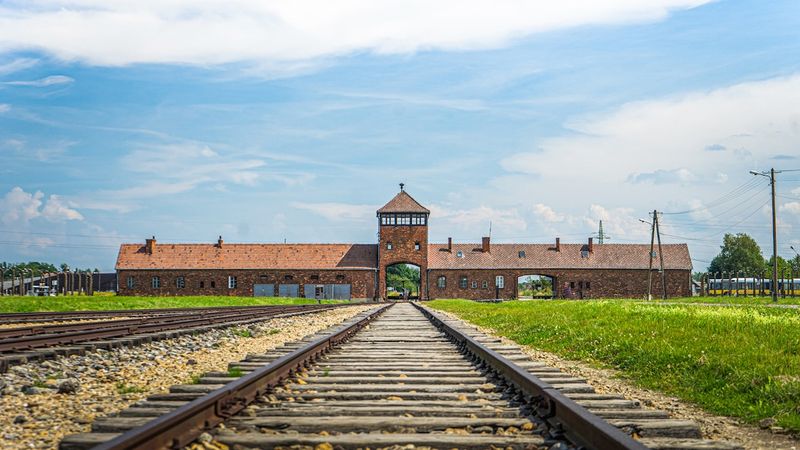
Preserved as a memorial to the 1.1 million people murdered here during the Holocaust, this site serves as humanity’s most important reminder of where hatred and intolerance can lead. The infamous “Arbeit macht frei” sign still hangs over the entrance gate.
Walking through barracks, gas chambers, and crematoria provides sobering education about systematic genocide that must never be forgotten. Personal belongings, photographs, and survivor testimonies create deeply moving experiences that change visitors forever.
Respectful silence and appropriate dress are essential when visiting this sacred ground. Free entry allows access to Auschwitz I, while paid guided tours provide historical context that helps visitors understand the site’s significance. Many consider this difficult but necessary pilgrimage essential for understanding 20th-century history.
16. Statue of Liberty, USA

Rising 305 feet above New York Harbor, Lady Liberty welcomed over 12 million immigrants between 1892 and 1954 as their first glimpse of the American Dream. France gifted this copper colossus to America in 1886 to celebrate the centennial of American independence.
Climbing the 354 steps to the crown requires advance reservations and good physical condition, but pedestal access offers excellent views of Manhattan’s skyline. The tablet in her left hand bears the date of American independence in Roman numerals.
Ferry rides from Battery Park include access to both Liberty Island and nearby Ellis Island, where the Immigration Museum tells stories of families who passed through these waters seeking better lives. Emma Lazarus’s famous poem “The New Colossus” captures the statue’s enduring message of hope.
17. Forbidden City, China
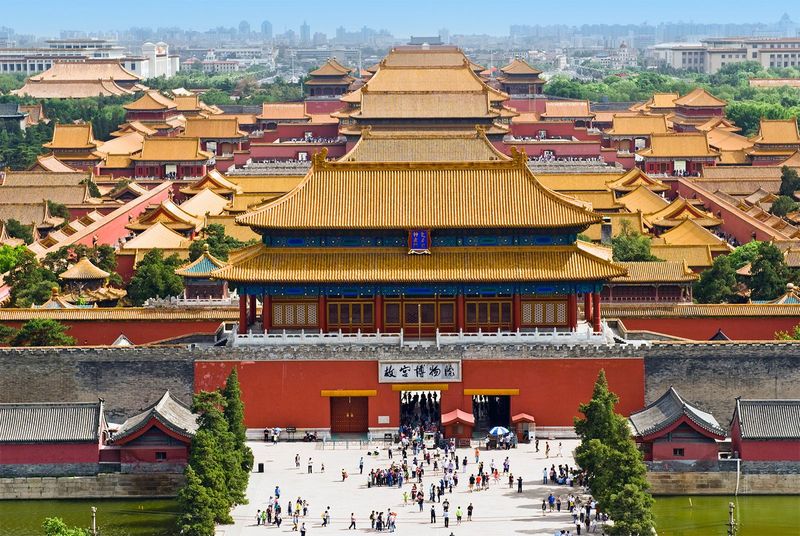
Behind vermillion walls and golden roofs, 24 emperors ruled China’s vast empire from this magnificent palace complex containing 9,999 rooms. Ordinary citizens were forbidden from entering these sacred grounds for over 500 years, hence the name that still captures imaginations worldwide.
Construction required over one million workers and the finest materials from across China – including timber from tropical forests and marble from distant quarries. Every architectural detail reflects Chinese cosmology and the emperor’s role as the Son of Heaven.
Allow several hours to explore the three main halls, imperial gardens, and countless courtyards that showcase Chinese craftsmanship at its finest. Audio guides help navigate the complex layout while explaining the intricate court ceremonies and daily life of imperial China’s most powerful rulers.
18. Pompeii, Italy
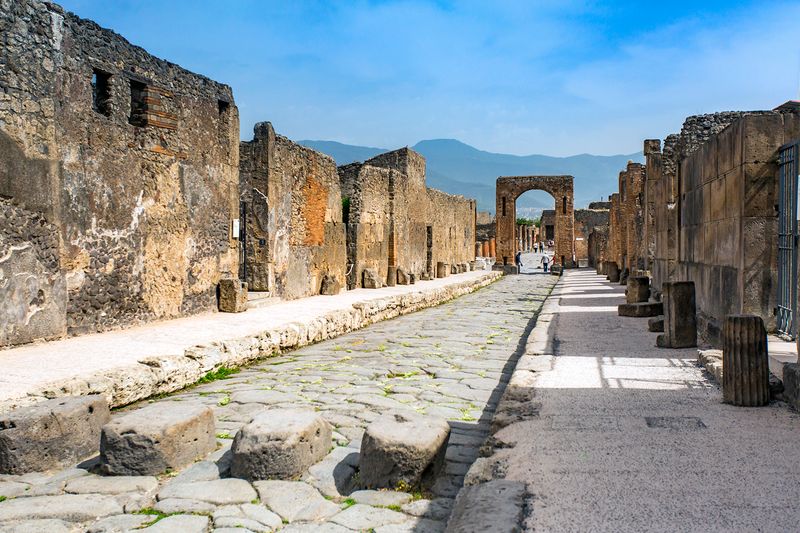
Frozen in time by Mount Vesuvius’s devastating eruption, this archaeological treasure offers an unparalleled glimpse into daily Roman life nearly 2,000 years ago. Perfectly preserved streets, homes, shops, and even loaves of bread provide intimate details about ancient civilization.
Plaster casts of victims caught in their final moments create haunting reminders of the tragedy that claimed thousands of lives in just 24 hours. Wealthy Romans decorated their homes with intricate frescoes and mosaics that remain vibrant today.
Comfortable walking shoes are essential for navigating ancient cobblestone streets. Don’t miss the amphitheater, brothel, and bakeries that reveal how remarkably similar Roman daily life was to our own. Combined tickets include nearby Herculaneum, another city destroyed by the same eruption but preserved differently.
19. Jerusalem’s Old City, Israel
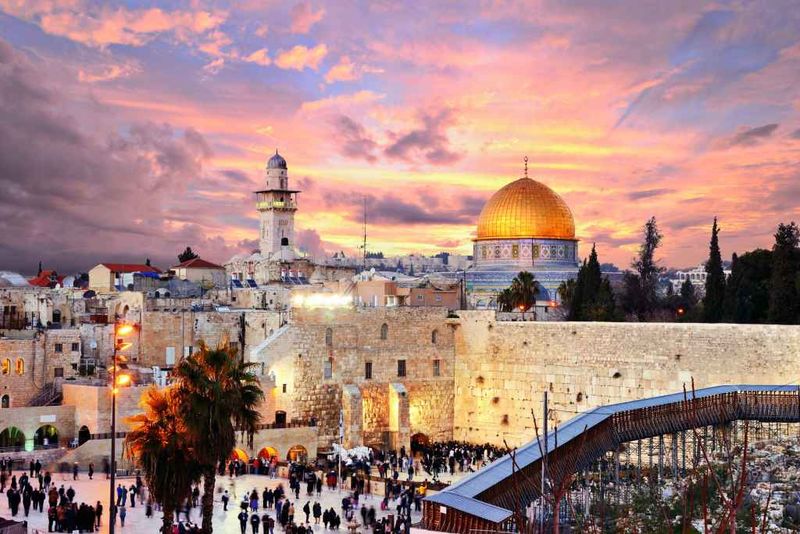
Within ancient walls barely half a square mile in area, three major world religions converge at their holiest sites. The Western Wall, Church of the Holy Sepulchre, and Dome of the Rock stand within walking distance of each other, creating spiritual energy unlike anywhere else on Earth.
Narrow stone streets echo with prayers in multiple languages as pilgrims from around the world seek connection with the divine. Archaeological excavations continue revealing layers of history spanning over 3,000 years of continuous habitation.
Respectful dress and behavior are essential when visiting religious sites. The four quarters – Jewish, Christian, Muslim, and Armenian – each offer distinct cultural experiences, markets, and cuisine. Friday afternoons and Saturday mornings can be particularly crowded as religious communities observe their holy days.
20. Robben Island, South Africa
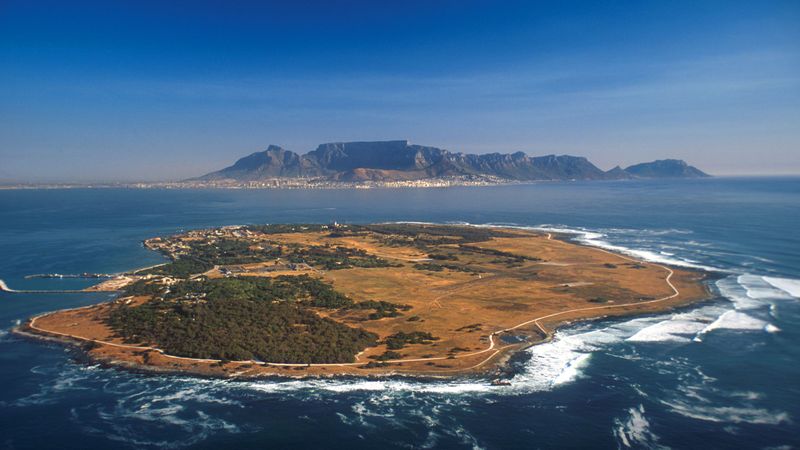
Former political prisoners serve as tour guides on this windswept island where South Africa’s apartheid regime imprisoned its most dangerous opponents – those who dared dream of equality and freedom. Mandela’s tiny cell, number 466/64, remains exactly as he left it in 1982.
Maximum security prisoners broke limestone in blazing quarries while enduring psychological torture designed to break their spirits. Instead, they created “Robben Island University,” secretly educating each other and planning the democratic South Africa that would eventually emerge.
Ferry boats depart regularly from Cape Town’s V&A Waterfront for the 30-minute journey to this UNESCO World Heritage site. Hearing firsthand accounts from former prisoners transforms this difficult history into powerful lessons about human dignity, forgiveness, and the triumph of hope over oppression.

